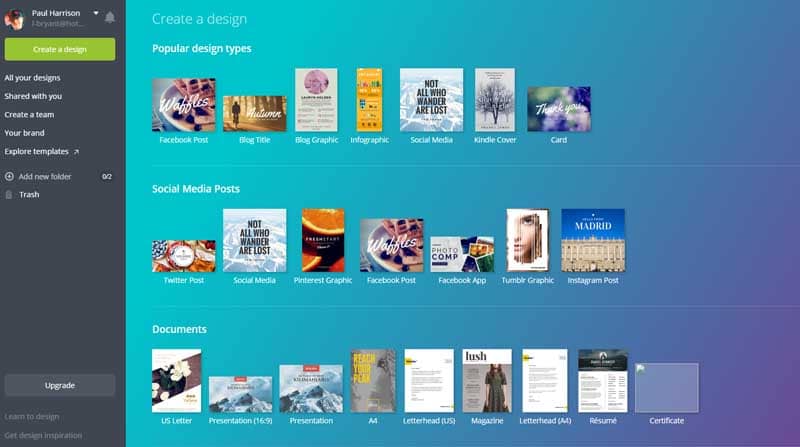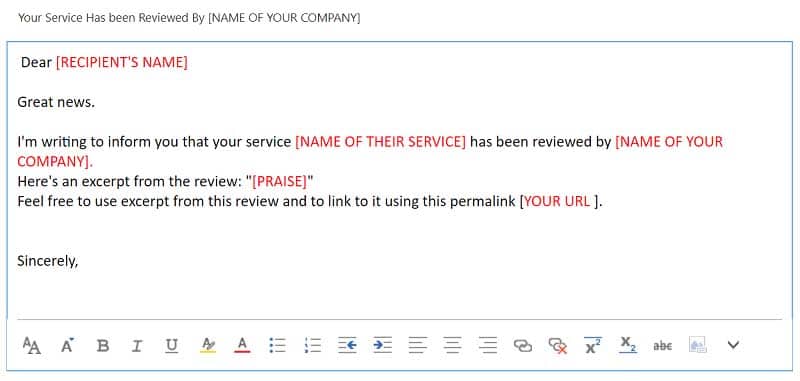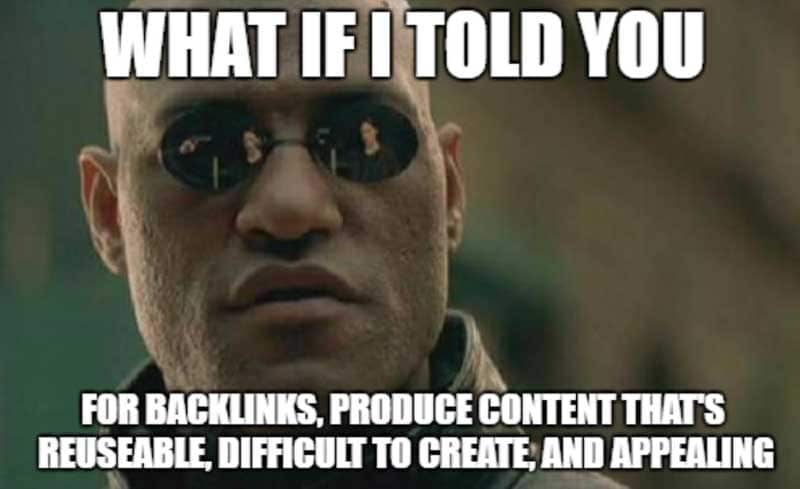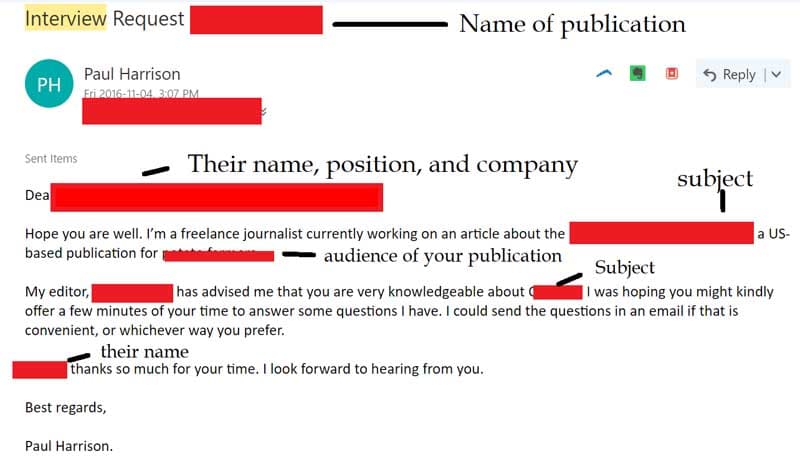Too Many Requests from Your Network
Please complete verification to access this content.
The notion that quality content will naturally earn free backlinks is a fallacy.
Thankfully, there are 6 elements that can actually build free backlinks.
What is the most criminal fallacy in the world of SEO?
If you answered, “the idea that quality content naturally attracts backlinks,” congratulations!
You’re right.
For years, SEO experts have hammered on about how high-quality content earns free backlinks.
And yet,
any experienced blogger can quickly list plenty of high-quality articles they’ve written that got zero free backlinks.
Quality content does not earn free backlinks. And it’s simple to see why, once you flip the situation on its head.
Bloggers do not link to other sites because they value the quality of the content.
They link to each other’s content because it’s beneficial for their own purposes.
The best type of content for backlinks is content that other bloggers can use on their own sites.
If we want other bloggers to link to us, we have to give them something valuable that they will want to use on their own site.
Infographics are a famous example (though they have lost considerable value over the recent years due to overuse).
Another fantastic example are maps. Some experts say they’ve earned hundreds of backlinks just from creating images of maps.
And still another example is bite-size charts, the kind Neil Patel uses in every article.
What all these content types have in common is that they are reusable content assets.
They are:
- Content that other bloggers can’t recreate quickly, cheaply, or at all
- Reusable – in other words, they can be used in multiple articles
These types of content are the real sources of free backlinks because other bloggers can see the value of using them in their own posts.
Give other bloggers something of value that they can use, and you will draw backlinks in bulk.
If you want to earn free backlinks, include these six things in every post:
#1. Produce content assets that are appealing, difficult to create, and reusable
The key to using your content assets to build free backlinks is creating content that cannot easily be reproduced but that is reusable on other blogs.
Infographics are the classic example, for the following reasons:
- They are appealing (provided they look professional and show interesting information).
- They are not easily recreated. (It takes time or money to produce a quality infographic.)
- And they are reusable. Simply provide an embed code and other bloggers can reuse the infographic on their own blog with a backlink.
Again, not easily recreated, appealing, and reusable are the keys.
Provided content meets these three criteria, it will have a good chance of earning backlinks.
So how do you make use of this?
Take another look at your latest post, or the post you are currently writing.
Ask yourself:
Could I communicate the information in this post in a way that is not easily recreated, appealing, and reusable?
If so, create the content that meets those three points.
And if graphics are not your strong point, I find tools like Canva.com and Snappa.com to be a great tool for quickly creating high-quality images.
They offers lots of templates that speed up the process.
#2. Take original, high-quality photos
One of the best sources of backlinks is images.
There are countless blogs online that have mid-level domain authority from backlinks that point to images.
And oftentimes, those images were not even created by the blogger but lifted from resources like DeviantArt.
Why do images earn free backlinks? Because they help other bloggers produce their own content.
Depending on a blog’s niche, it can be incredibly difficult to create high quality-images.
Imagine how difficult it would be for an astronomy blogger to produce high-quality photos of planets every time they write an article.
This, of course, is an extreme example.
Nevertheless, it can be time-consuming, hard work, or just plain impossible to produce high-quality images that are applicable to certain subjects.
Therefore, if you do produce high-quality images, there’s a good chance other bloggers will use those images and provide a link to you as the source.
If you are unable to create unique images yourself, there are workarounds. The most obvious solution is to simply pay for stock images.
A better solution is to find an amateur photographer who is interested in your niche. Offer them exposure in exchange for the images.
You get the images (and the backlinks they produce). The photographer gets exposure. It’s a win-win.
#3. Testimonials and reviews
Another good source of free backlinks is testimonials and reviews. Give a product a positive review, and the manufacturer is likely to link to your article.
The same is true for testimonials. Lavish praise on a professional’s work, and they will likely want to tell their customers about it.
This is why “Best of…” posts are so popular. They are an easy way to earn backlinks.
Testimonials hit our three key points:
- A positive review or testimonial is highly appealing.
- They are not easily recreated in many cases, as it could be difficult for a product to attract many such reviews.
- And they are easily reusable because the recipient can simply copy and paste a quote with a backlink.
The problem with “Best of…” articles is that they can seem unnatural.
The solution? Don’t write “Best of…” roundups. Instead, include a couple of testimonials inside an article.
For instance, if we’re creating content about copywriting, give testimonials or reviews to one or two copywriters or copywriting products in the post.
This will limit the number of external links on the page while attracting backlinks, and the backlinks will likely be high-quality and very relevant.
Once you’ve created testimonials and reviews, send out emails.
Here’s an example:
#4. Do your research and load your articles full of facts
Another type of content that bloggers will link to in droves is facts and research.
Any blogger worth their salt knows to include sources to validate the information in their articles. Those sources have to come from somewhere. Be the source. Get the link. Simple.
This technique used to be abused by bloggers who would produce false facts for link-bait. Now that Google is taking measures against fake news, it’s important that our facts be truthful.
To truly take advantage of this technique, we need to attract traffic from bloggers who are looking for facts. That way, those bloggers find our articles and use them as citation.
One way to do this is to include a few choice keywords, like “research,” “facts,” and “science.” These will help bring the right traffic (other bloggers) to our site, whereupon they will use our facts in their articles, giving link attribution to us as a source.
#5. Express commonly held ideas, thoughts, or feelings in appealing ways
The key to our backlink strategy is creating content other bloggers can use.
Logically, we can attract more potential backlinks by making our content applicable to more bloggers.
To do this, create content that communicates commonly held ideas or feelings.
The obvious example of this is memes. Memes get shared because they express an idea, thought, or feeling that millions of people experience at one time or another.
For instance, the Morpheus meme (“What if I told you…”) is applicable to a million different situations.
This strategy is not exclusive to memes.
Any content that expresses commonly held ideas, thoughts, or feelings in an entertaining or valuable way has a good chance of attracting a healthy amount of backlinks.
Another good example is image quotes. The most famous quotes are used by thousands of bloggers at one time or another.
If you create the best image for that quote, there is a very good chance other bloggers will use that image in their own articles, with a backlink pointing to your site.
#6. Use interviews to get expert advice on common problems
Genuine experts carry a lot of authority in their niches.
Getting interviews with these authority figures is a surefire way to substantiate your articles.
But do interviews hit our three criteria for attracting backlinks?
Interviews are appealing because they offer authoritative information and because most people interested in our niche will also be interested in our interviewee.
Everyone who is interested in SEO, for example, is interested in hearing the latest expert insights on the subject.
Interview an expert and there’s a good chance other bloggers in your niche will link to the article.
Interviews are also not easy to recreate, depending on the interviewee and the answers you manage to get them to provide.
Interviewees will not agree to every interview, so if they agree to yours, it could very well become a highly valuable content asset.
And interviews are easily reusable.
Just make sure you put a message on the blog post saying that quotes may be taken from the interview provided a backlink is provided.
Interviews meet our criteria. And indeed, interviews are a valuable source of backlinks.
A simple look at the latest news articles will bring up countless citations to interviews, most of which provide backlinks.
But how do you actually get interviews?
As a journalist of more than ten years, my experience is that it’s best to be introduced to an interviewee via a mutual contact.
If there is no such contact, however, the next best bet is to appeal to the interviewee’s heartstrings.
Tell them why your interview genuinely matters.
Explain how it is in their best interest, and relate it to subjects they care about.
And remember, even famous people have souls.
If you let them know that this interview truly matters to you and for more than just financial reasons, there is a good chance they will say yes.
I find the following email sufficient for most purposes.
Content that is appealing, reusable, and not easily recreated will bring a significant number of free backlinks
Focus on creating content that hits these criteria, and you will earn free backlinks in bulk.
Paul Harrison is a copywriter and online marketer based in Hamilton, Ontario, Canada . His passion is helping independent creatives and businesses to succeed online. Get in contact with Paul at PMHarrison.com.






